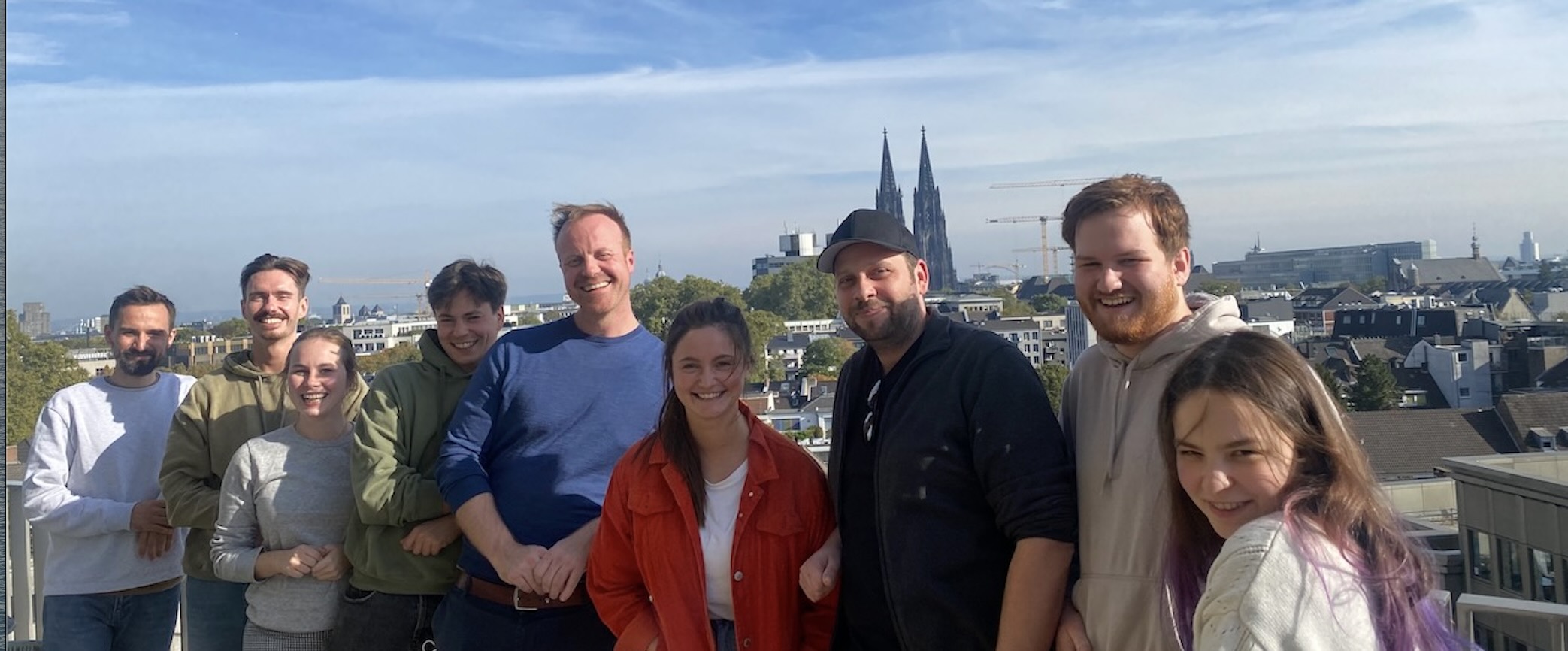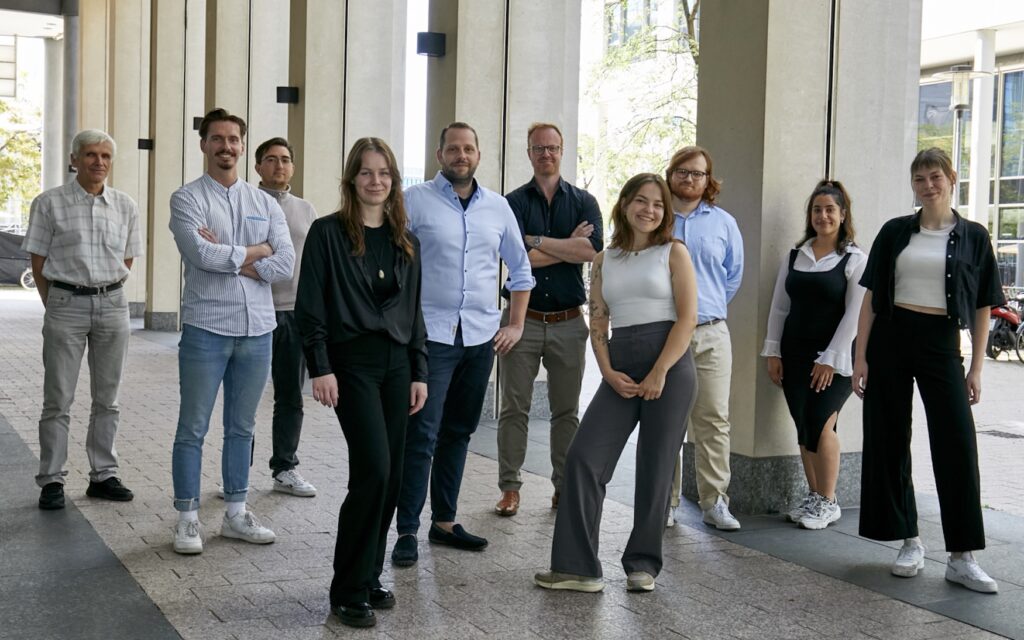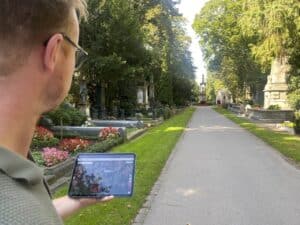The digitization of processes in cemeteries brings many advantages, but a few disadvantages should also be taken into account. Sabine Meißner in conversation with Stefan Schumacher.
Stefan Schumacher, founder and managing director of PBSGEO GmbH in Cologne, enthusiastically advocated for the digitization of cemeteries as a speaker at the FUNUS Foundation Symposium (see also Friedhofskultur 7-2023). He shared insights from his practical experience and explained to the participants what they can expect when embarking on the path to digitization.
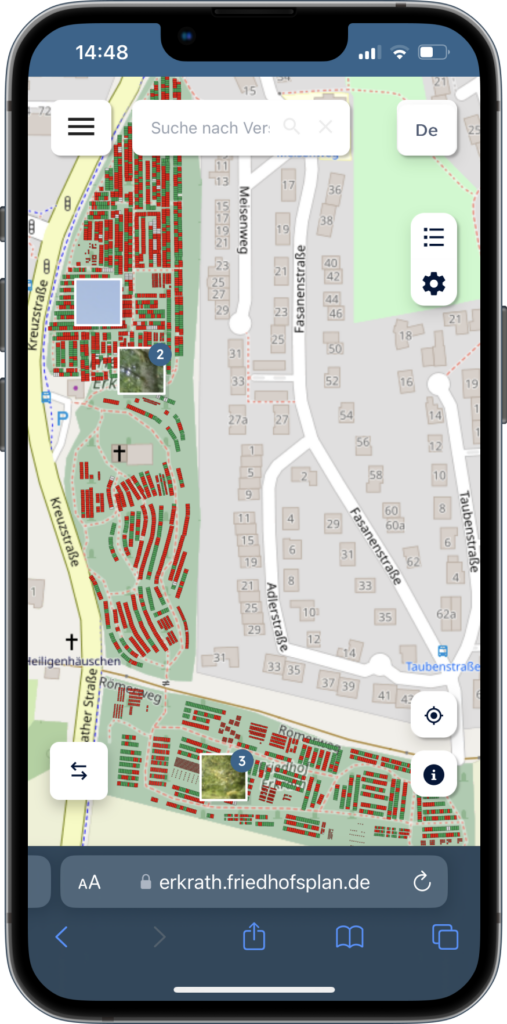
Would you briefly describe your company’s activities?
Stefan Schumacher: We have eleven years of experience in software development and data collection. We provide the necessary software for cemetery digitization as well as for the digital management of public green spaces. Our applications are tailored for public, church, and private organizations. Currently, we are the market leader in digital cemetery mapping in German-speaking countries. We’ve also received notable recognition, including winning the Urbanana Award 2020, a prize for creative projects in urban tourism in North Rhine-Westphalia, and being named a German winner at the HIPE Award 2023, an award for service providers.
What does the abbreviation PBSGEO stand for?
Schumacher: The first part of our company name, PBS, stands for Planungsbüro Schumacher (Schumacher Planning Office). This refers to my father’s engineering firm, where I worked during the early years of my career. GEO stands for Geoinformatics, as we initially planned to expand the freelance services of the engineering office into the geoinformatics sector. Over time, however, we specialized in cemeteries, trees, and public green spaces.
How many employees does your company have?
Schumacher: We currently have 15 employees working in the areas of software development, user support, and data collection.
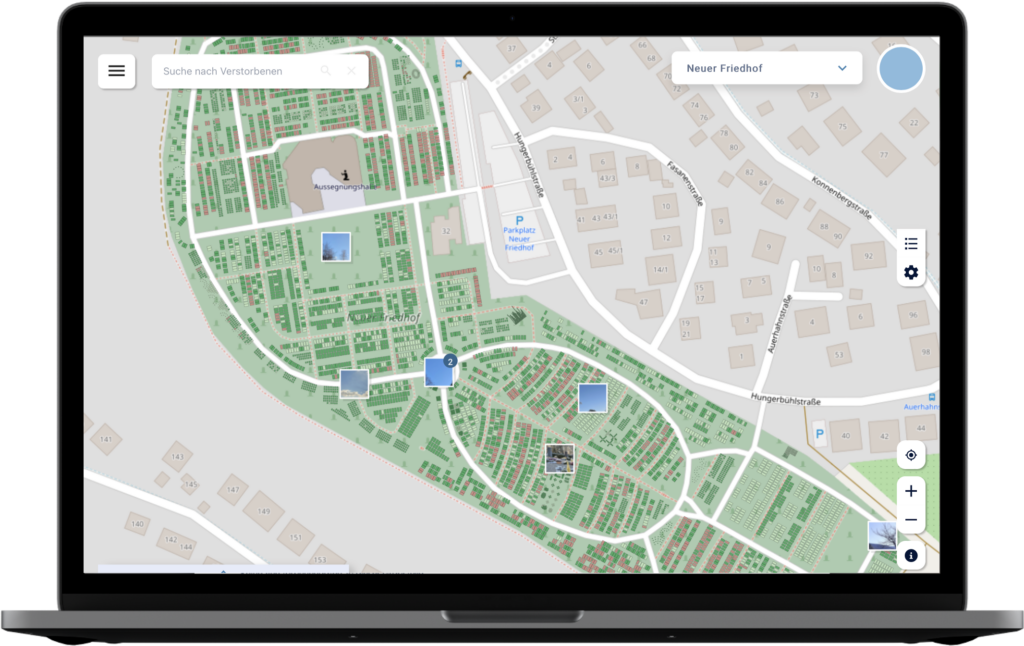
Who uses your products?
Schumacher: To date, over 160 administrations of varying sizes use our solutions. We offer tailored approaches for different scales of operation, because one thing is clear: while the overarching subject is the same, the processes vary significantly.
For smaller cemetery administrations, the entire management work is often carried out by one or two people, requiring highly user-friendly applications that focus on the essentials. In contrast, large cemetery administrations may have specialists for every area, necessitating diverse perspectives on the same or even different data.
It’s also important to account for differences in how people work—some only on desktop PCs, others solely on mobile devices like smartphones or tablets. Additionally, an increasing number of green space departments use our applications for managing public trees and green spaces.
Could you briefly outline the benefits of digitization?
Schumacher: I could list many advantages, but I’ll limit myself to a few examples. The first is increased efficiency. Digitization enables processes to be streamlined, saving time and resources and boosting productivity. While entering the data initially involves considerable effort, they can then be cross-referenced and automatically reconciled, helping to reduce errors.
Cemetery administrations also become far more flexible through digitization, as employees can work from anywhere. For example, someone working on-site at the cemetery could receive information on a newly assigned task via tablet from the office, allowing it to be handled immediately.
Digitization also facilitates networking between trades, such as stonemasons, gardeners, and administrative staff. This enables quick responses to any type of change.
Decisions can be made based on a much more robust data foundation, as large amounts of data can be processed automatically. Comprehensive analyses and evaluations are available at the click of a button, enabling a realistic assessment of the current situation and fostering better and more sustainable cemetery development. Essentially, a digital twin of the cemetery is created, providing an up-to-date view of its status at any time.
This refers to the state after all data has been entered?
Schumacher: Yes, and once the data is digitized, it becomes relatively easy to share with trades and stakeholders. For instance, gardening staff or funeral directors can be assigned specific administrative tasks, allowing them to take over cemetery management for certain areas.
Additionally, collaboration with privately managed natural burial forests can also be digitally integrated.
That sounds promising, especially given the current situation with labor shortages and extensive bureaucracy.
Schumacher: Digitization truly means setting out on a journey to unlock more and more innovations. Many things that are standard today wouldn’t have been possible without digitization. Other developments, which may become reality in five years, still seem like science fiction to us today. One such forward-looking concept is online grave consultation and marketing. This would allow people to select and reserve a grave for a deceased relative from home or via a mobile device directly at the cemetery.
What opportunities are there for those interested in cultural history?
Schumacher: This is another aspect that fits into the list of advantages: the ability to display additional information about prominent deceased individuals or historically significant gravesites. Visitors to a cemetery could learn about the life journeys of certain individuals or access stored data about the history of notable monuments—both on-site and virtually via the internet.
The list of advantages is long, but are there also disadvantages?
Schumacher: Yes, I won’t deny that there’s a flip side. Entirely new challenges arise with data protection and privacy. Dependence on technology and systems can also be a disadvantage, for example, when systems fail or are hacked. The biggest downside is the time required for the initial data collection. There’s no way around it—you can’t proceed without first recording and entering the data. However, this effort only has to be made once. Once it’s done, the benefits are indeed immense.
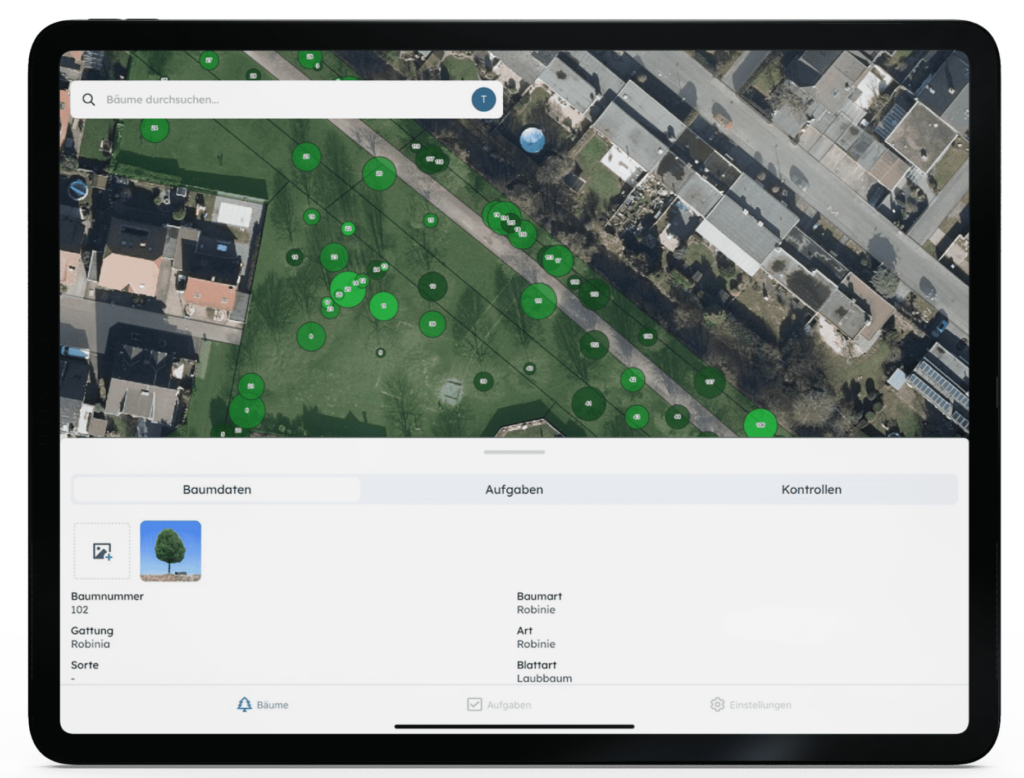
What about the costs?
Schumacher: That’s a good question. I often respond with a counter-question, like: How much does a car cost? It depends. Some you can get (almost) for free, while others require tens of thousands of euros. But back to the topic. Small projects start at around €5 000, but larger implementations can cost several times that amount. The key factors influencing the price are the volume of data, the data foundation, and the desired configuration of the application.
How long does it typically take for a medium-sized cemetery administration to go from the beginning to a fully functioning digitized workflow?
Schumacher: Let’s take an example with 10,000 graves. In this case, the process can be completed very quickly—in about four to six weeks—provided all the necessary data is available. If the foundational data is missing, it will take about twice as long.
What would you like to say to administrations and organizations that are still hesitant about implementing digitization
Schumacher: Digitization can be postponed, but it cannot be avoided. My advice is to find “the right partner” and get started. The improvement in workflows will be significant.
Source: Friedhofskultur, August 2023
